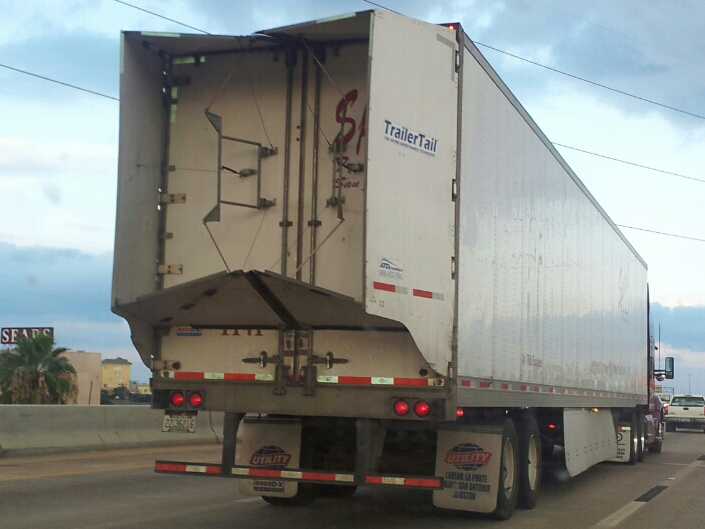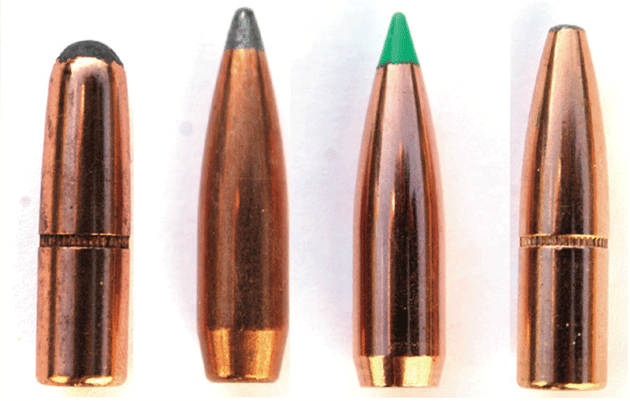NW-Bound
Give me a museum and I'll fill it. (Picasso) Give me a forum ...
- Joined
- Jul 3, 2008
- Messages
- 35,712
Pilots know the effect of air density very well. They may run out of runway for take off on a hot and humid day; not enough lift due to thin air and perhaps the engine power is also down. Water vapor is lighter than air, so humid air is less dense.Didn't consider air density. Found this:
https://www.gribble.org/cycling/air_density.html
and the air @ 20F is about 6% more dense than at 50F, so 6% higher drag per your formula, and drag is a fairly high component at highway speeds (you still have engine losses)...
Lift and drag both increase with higher air density. And they have the same equation. Just replace Cd with Cl, and A with S for wing surface.
Last edited:



